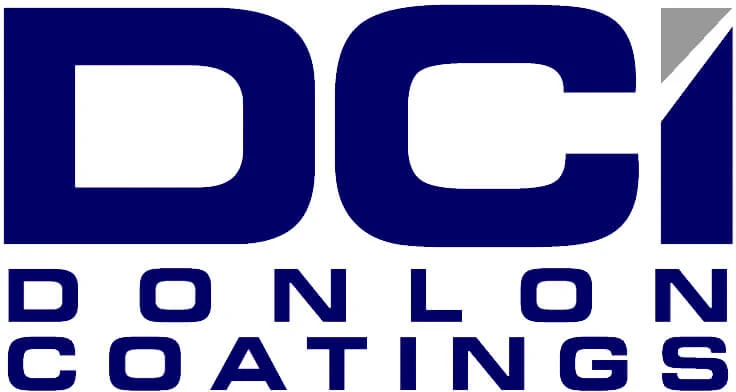In moisture mitigation, there’s basically three different methods that we use. (One) Two are for coatings, one is for carpet and tile. So in coatings we would use urethane mortar (to) as a base coat on the shot blasted concrete, which is the technology that will take the moisture that comes up into the bottom of the coating and disperse it, so it’s called moisture tolerant. The second method is a vapor barrier system where we’ll put down a moisture vapor protection coating over the shot blasted concrete, and that’s a lot more conducive to a smooth floor or a decorative reflections floor, the metallic epoxies that we talk about. So depending on where we’re going with the coating system and what the performance criteria is, we’ll use one of those to mitigate the floor. Thirdly, for carpet and tile, they really need a blotter material over the top of their mitigation coatings in order to absorb that mastic and grip the carpet or tile to the floor. They also are concerned when they eventually remove the carpet or tile that they don’t remove the mitigation systems, so a blotter will act to protect that. So we’ll similarly shot blast and prepare the floor, put down a vapor barrier similar to a (coating) smooth coating, and then we’ll put usually an eighth or quarter of an inch of (cement) polymer cement over the floor which will grip the floor and also allow the absorption of the mastic. So those are the three systems that we’d typically use to mitigate moisture.
Donlon Coatings - Your Questions Answered
Copyright 2023 - Donlon Coatings, Inc. All Rights Reserved. | Website Designed by Compete Now | Website Optimized by Digital Divide Consulting

